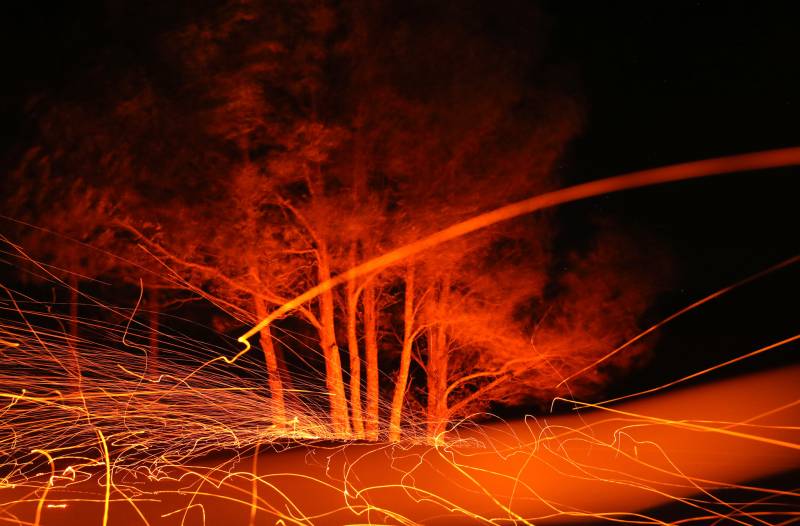It’s impossible to divorce the 2019 fire season in Northern California from the two that came immediately before. Those were nothing short of disastrous, so much so that many Californians entered last summer filled with dread of a third consecutive year of incinerated homes, mass evacuations and tragic loss of life.
Last year, with those recent calamities haunting the state, officials took some unprecedented steps to avert a devastating repeat.
Did they work? Well, judging by the results tallied at the end of the year, something went right. The number of acres burned was the lowest since 2011, and the wildfire-related death toll dropped to three, down from the dozens of fatalities in both 2017 and 2018.
The most extreme preventive measure came from PG&E, the state’s largest utility, whose transmission line had sparked the 2018 Camp Fire that killed 85 people and destroyed nearly 14,000 homes. Last fall the company implemented several large-scale power shutoffs affecting up to 2 million people during periods of high-risk for wildfire, and the outages deprived some residents of electricity for as long as a week.
Emergency procedures evolved as well. During the Kincade Fire, the state’s largest of the year, officials forced about 200,000 residents out of their homes in reportedly the biggest evacuation in Sonoma County history. The magnitude of the response was prompted by major problems concerning emergency procedures during the devastating North Bay Fires of 2017.
“We did not want to repeat that experience,” Sonoma County Supervisor Susan Gorin told KQED’s Lisa Pickoff-White in October. “So they evacuated large numbers of the population in Sonoma County early.”
PG&E’s Planned Outages: Did They Help?
The utility executed a series power outages when high winds coincided with other dangerous conditions. After PG&E carried out its first shutoff, from Oct. 9 to Oct. 12, the company said it found dozens of locations where downed trees or other equipment failures would have created conditions ripe for a wildfire. “It is possible that any one of these instances could have been a potential source of ignition had a PSPS (public safety power shutoff) not been initiated,” PG&E said in a press release.
Susan Gorin, the Sonoma County supervisor, said the power shutoffs at the very least helped in an indirect way. When the Kincade Fire broke out, the county already had its emergency operations center up and running in response to the outage, “because we needed to work with the community,” she said.
It’s also worth noting that PG&E has acknowleded the malfunctioning of one of its transmission lines near the origin of the Kincade Fire just seven minutes before the blaze ignited. Ironically, the line was located in an area subject to one of the company’s planned outages, but only on lower-voltage lines. (The official cause of the Kincade Fire is still under investigation.)
Whatever good may have come from the outages — which PG&E says will continue — officials hurled withering criticism at the company for poor execution in keeping the public informed during the blackouts.

